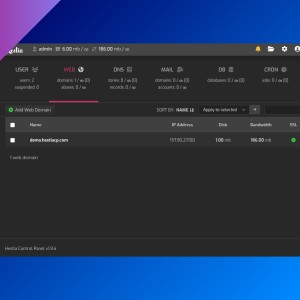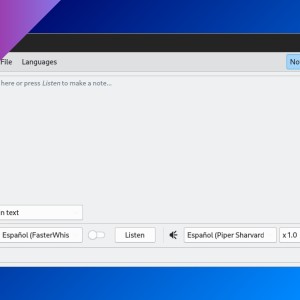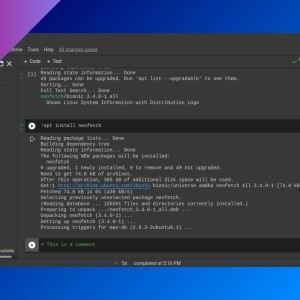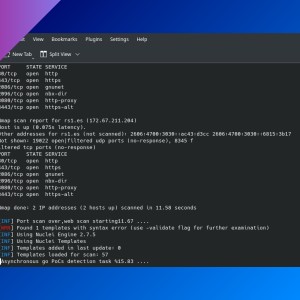How to change the output color of a command
Table of Contents
You can color the output of any command using ANSI escape codes.
These are two examples:
echo -e "This is \033[31mred\033[0m"d=`date`;echo -e "\033[31m$d\033[0m"printf "\033[30;41mRed background, black text\033[0m"- You can use
echo -eorprintf. - The pattern for adding color is:
\033[<FG ANSI code>;<BG ANSI code>m. 31is the ANSI code for foreground color red.0resets the color.
| Color name | Foreground color code | Background color code |
|---|---|---|
| black | 30 | 40 |
| red | 31 | 41 |
| green | 32 | 42 |
| yellow | 33 | 43 |
| blue | 34 | 44 |
| magenta | 35 | 45 |
| cyan | 36 | 46 |
| white | 37 | 47 |
- You can find more color codes on Wikipedia.
- You can change the color of your terminal prompt by editing
PS1environment variable (on your.bashrcfile for example).
[ricardo@myarch Documents]$ echo $PS1
[\u@\h \W]\$If you have any suggestion, feel free to contact me via social media or email.
Latest tutorials and articles:
Featured content:











